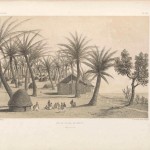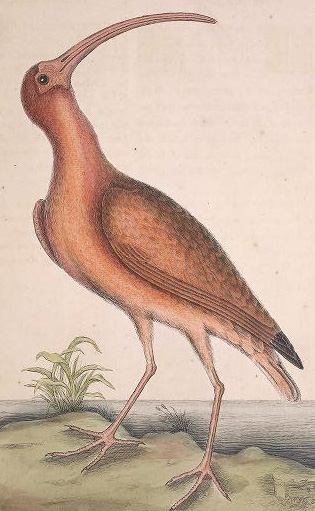The blog post, last of three, was written by Xavier Courouble, research assistant for Sailors and Daughters: Early Photography and the Indian Ocean, an online exhibition part of the Smithsonian’s National Museum of African Art’s Connecting the Gems of the Indian Ocean: From Oman to East Africa.
Charles Guillain’s three-volume work, Documents sur l’histoire, la géographie, et le commerce de l’Afrique orientale and the accompanying atlas folio of lithographs and map engravings, Voyage à la côte orientale d’Afrique give an account of travels undertaken in a pre-colonial context, where European explorers politically and logistically depended on the African inhabitants and sovereigns they encountered in Africa. The interactions experienced by Guillain and his African counterparts allowed for a reaffirmation of exploration as an encounter and a partnership rather than as an unequal confrontation constructing insurmountable otherness.



